Home>Furniture>Outdoor Furniture>How To Cool A Patio In Summer
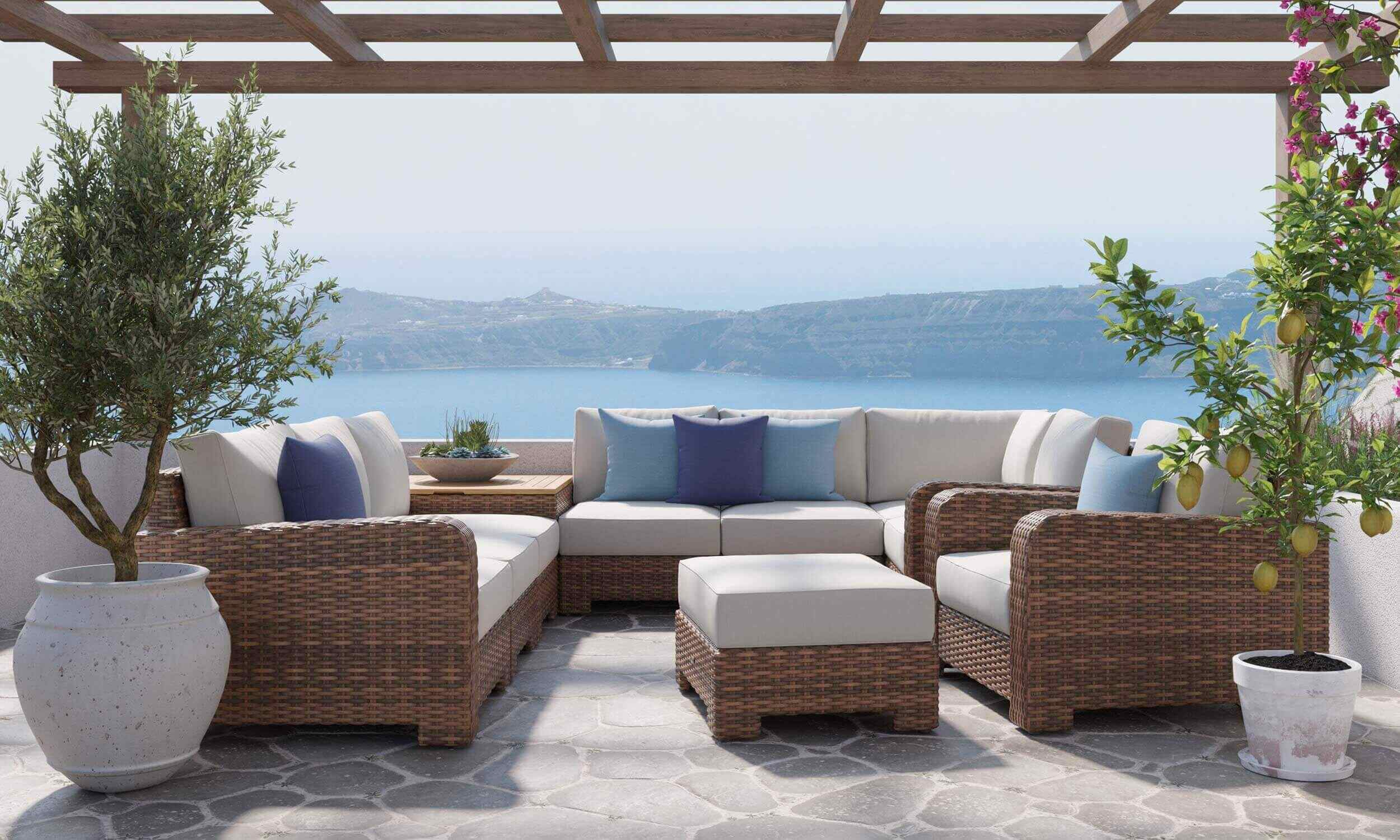

Outdoor Furniture
How To Cool A Patio In Summer
Modified: March 7, 2024
Learn how to cool your patio in the summer heat with these outdoor furniture tips. Keep your outdoor space comfortable and enjoyable all summer long.
(Many of the links in this article redirect to a specific reviewed product. Your purchase of these products through affiliate links helps to generate commission for Storables.com, at no extra cost. Learn more)
Introduction
Welcome to the ultimate guide on how to cool your patio in summer! As the temperature rises, spending time outdoors becomes a challenging endeavor. However, with the right tips and strategies, you can transform your patio into a cool and comfortable oasis.
Having a comfortable outdoor space during the hot summer months is essential for relaxation and enjoyment. Whether you’re hosting a barbecue, having a family gathering, or simply sipping on a refreshing drink, a cool patio can make all the difference in your outdoor experience.
With a wide variety of options available, it can be overwhelming to determine the best cooling solution for your patio. You need to consider factors such as the layout and design of your patio, the intensity of the heat in your area, and your own personal preferences.
In this comprehensive guide, we will explore various methods to keep your patio cool and enjoyable during the scorching summer days. From choosing the right patio cover to incorporating shade-providing plants, we will cover everything you need to know to create a comfortable outdoor space.
So, whether you have a small balcony or a big backyard, don’t fret! By the end of this guide, you’ll have a range of options to choose from and the knowledge to create the perfect cooling setup for your patio.
Make sure to bookmark this page, as we’re about to embark on an exciting journey of transforming your patio into an oasis of relaxation and comfort. Let’s dive right in and explore the various methods to cool your patio and enjoy the summer to the fullest!
Key Takeaways:
- Keep your patio cool and comfortable in summer by creating shade with covers, plants, and sails. Incorporate fans, water features, and energy-efficient lighting for a refreshing outdoor oasis.
- Regular maintenance and cleaning of patio cooling equipment are essential for optimal performance. Create an outdoor cooling station with refreshing beverages to beat the heat and stay hydrated.
Read more: What Direction Does A Fan Go In The Summer
Understanding the Importance of Cooling Your Patio in Summer
Before we dive into the various methods of cooling your patio, it’s crucial to understand why it matters in the first place. The sweltering heat of summer can make spending time outdoors unbearable without proper cooling measures. Here are a few reasons why it’s important to keep your patio cool:
- Comfort: A cool patio provides a comfortable space to relax, entertain, or simply enjoy the outdoors. It allows you to escape the intense heat and enjoy your time outside without feeling uncomfortable or overheated.
- Health and Safety: Excessive heat can pose health risks, especially for children, elderly individuals, and individuals with certain medical conditions. Keeping your patio cool helps reduce the risk of heat-related illnesses and ensures a safe outdoor environment.
- Preserving Outdoor Furniture: Extreme heat can damage outdoor furniture, causing it to fade, warp, or deteriorate over time. By implementing cooling solutions, you can protect your investments and extend the lifespan of your patio furniture.
- Enhanced Functionality: A cool patio allows you to fully utilize your outdoor space during the summer months. Whether it’s for dining, entertaining, or simply enjoying the fresh air, a comfortably cool patio enhances the functionality of your outdoor area.
- Energy Efficiency: By keeping your patio cool, you can reduce the heat transfer into your home. This, in turn, can help lower your energy bills by reducing the need for excessive air conditioning and keeping the indoor temperature more stable.
Understanding the importance of cooling your patio in summer sets the foundation for creating a comfortable and enjoyable outdoor space. By implementing the right cooling measures, you can make the most of your patio and ensure a pleasant experience for yourself, your family, and your guests.
Now that we’ve established why patio cooling is essential, let’s move on to exploring the different methods and strategies you can employ to keep your patio cool and refreshing during those hot summer months.
Evaluating Your Patio’s Layout and Design
When it comes to cooling your patio, the layout and design of your outdoor space play a crucial role. Assessing these factors will help you determine the most effective cooling solutions for your patio. Here are some key aspects to consider:
Patio Size: Take into account the size of your patio. Is it a small balcony, a medium-sized deck, or a sprawling backyard? The size of your patio will dictate the type and number of cooling options you can implement. For larger patios, you may have more freedom to explore different cooling methods.
Sun Exposure: Observe how much direct sunlight your patio receives throughout the day. Is it in full sun or partially shaded? Understanding the sun exposure will help you identify areas where shade is needed the most. This knowledge can influence your choice of patio coverings or other shading options.
Wind Patterns: Consider the prevailing wind patterns in your area. A breeze can naturally cool down your patio, so positioning features like fans or misting systems strategically can enhance their effectiveness. Understanding the wind patterns will also help you avoid placing delicate items or lightweight furniture in areas prone to strong gusts.
Obstacles and Structures: Take note of any obstacles or structures that may affect the airflow and temperature on your patio. This could include nearby walls, buildings, or trees. Understanding these elements will help you identify areas where hot air may get trapped and plan accordingly for improved airflow and ventilation.
Functionality: Consider how you intend to use your patio. Will it primarily serve as a dining area, a lounge space, or a combination of both? Understanding the purpose of your patio will help you determine the type of cooling solutions that will best suit your needs.
Evaluating your patio’s layout and design will provide valuable insights that guide your decision-making process. By understanding the size, sun exposure, wind patterns, obstacles, and functionality of your outdoor space, you can make informed choices when selecting cooling options for your patio.
Now that you’ve thoroughly evaluated your patio, let’s move on to exploring the different cooling options available to transform your outdoor space into a cool and comfortable oasis!
Choosing the Right Patio Cover or Umbrella
One of the most effective ways to cool your patio is by providing adequate shade. A well-designed patio cover or umbrella can shield your outdoor space from the direct sun, reducing the heat and creating a comfortable environment. Here are some factors to consider when choosing the right patio cover or umbrella:
Type of Cover: There are various types of patio covers to choose from, including pergolas, awnings, and retractable canopies. Each type offers different levels of shade and flexibility. Consider your preferences and the specific needs of your patio when selecting the right type of cover.
Material: Patio covers can be made from a variety of materials, such as fabric, aluminum, or wood. Each material has its own advantages and considerations. For example, fabric covers are lightweight and provide more flexibility, while aluminum or wood covers offer durability and a more permanent structure. Assess the pros and cons of different materials before making a decision.
Size and Coverage: Determine the size of your patio and the amount of coverage you need. Measure the dimensions of your outdoor space to ensure that the cover or umbrella you choose will provide adequate shade for the entire area. Consider the angle of the sun throughout the day to ensure maximum coverage during the hottest hours.
Style and Aesthetics: The patio cover or umbrella you choose should complement the overall style and aesthetics of your outdoor space. Consider the design elements, color schemes, and materials used in your existing patio furniture and décor. Look for covers or umbrellas that enhance the visual appeal of your patio while providing shade.
Durability and Maintenance: Consider the durability and maintenance requirements of the patio cover or umbrella. Opt for materials that are weather-resistant and can withstand outdoor conditions. Additionally, choose covers or umbrellas that are easy to clean and maintain to ensure they last for many seasons to come.
Additional Features: Some patio covers or umbrellas come with additional features such as built-in LED lights, adjustable angles, or ventilation options. Explore these features and determine if they align with your specific needs and preferences.
By carefully considering these factors, you can choose the right patio cover or umbrella that provides ample shade and helps keep your patio cool. Remember, a well-designed and properly installed cover or umbrella can significantly reduce the temperature on your patio, making it a more enjoyable space during the summer months.
Now that you have an understanding of patio covers and umbrellas, let’s move on to exploring other cooling options to further enhance the comfort of your outdoor space!
Installing Shade Sails or Canopies
If you’re looking for a versatile and stylish way to cool your patio, consider installing shade sails or canopies. These structures not only provide excellent shade coverage but also add a touch of elegance to your outdoor space. Here’s what you need to know about shade sails and canopies:
Shade Sails: Shade sails are triangular or rectangular pieces of fabric that are stretched tightly across your patio to create a shaded area. They are available in various sizes, colors, and designs, allowing you to choose one that complements your patio’s aesthetics. Shade sails are particularly popular for their flexibility and ability to block a significant amount of sun. They can be easily adjusted or repositioned based on the sun’s angle and the desired shade coverage.
Canopies: Canopies are similar to shade sails but are typically rectangular or square in shape. They are constructed with a metal frame and a fabric covering, providing a stable and durable shade solution. Canopies offer a more permanent and fixed shade option and can be installed as freestanding structures or attached to existing walls or structures. Depending on the design, canopies can provide full or partial coverage, giving you the flexibility to create the desired level of shade on your patio.
Installation Considerations: When installing shade sails or canopies, it’s crucial to ensure proper positioning and tension. The angle and height of the installation determine the amount of shade and airflow under the structure. Consulting with a professional or following installation guidelines is recommended to ensure safety and optimal performance. It’s also important to consider the local weather conditions and potential wind loads, as strong winds can put stress on the structure.
Care and Maintenance: Shade sails and canopies require regular maintenance to prolong their lifespan and ensure their functionality. Regular cleaning, removal of debris and leaves, and occasional tension adjustments may be necessary. It’s crucial to follow the manufacturer’s guidelines for care and maintenance to keep your shade sails or canopies in excellent condition.
Shade sails and canopies are popular choices for creating a shaded and comfortable patio. Whether you opt for the versatility of shade sails or the stability of canopies, these structures can significantly reduce the temperature of your outdoor space and provide a stylish and functional addition to your patio.
Now that you’re familiar with shade sails and canopies, let’s explore more ways to cool your patio and make it a cool retreat during the summer months!
Read more: Which Way Should Fan Blow In Summer
Incorporating Outdoor Fans or Misting Systems
When it comes to cooling your patio, outdoor fans and misting systems are popular choices that provide instant relief from the heat. These solutions not only bring down the temperature but also circulate the air, creating a comfortable and refreshing environment. Here’s what you need to know about incorporating outdoor fans or misting systems:
Outdoor Fans: Outdoor fans are specifically designed to withstand outdoor conditions and provide a gentle breeze to cool down your patio. They come in various sizes and styles, including ceiling fans, wall-mounted fans, and freestanding fans. Ceiling fans can be mounted under a covered patio or pergola, while wall-mounted or freestanding fans offer flexibility in placement. Consider the size of your patio and the airflow you desire before selecting the appropriate fan. It’s also worth noting that some outdoor fans come with built-in lighting fixtures, serving a dual purpose of cooling and illuminating your patio.
Misting Systems: Misting systems work by emitting a fine mist of water into the air, which quickly evaporates and creates a cooling effect. These systems can be installed around the perimeter of your patio or incorporated into existing structures such as pergolas or umbrellas. Misting systems are available in various forms, including high-pressure, low-pressure, or DIY options. High-pressure misting systems create a finer mist but may require professional installation and maintenance. Low-pressure misting systems are easier to install and maintain but may not produce as fine a mist. DIY options include portable misting fans or misting nozzles that can be attached to existing fans or structures.
Placement and Maintenance: When incorporating outdoor fans or misting systems, it’s important to consider their placement for optimal effectiveness. Position fans or misting systems strategically to ensure proper air circulation and cooling coverage. Ensure that fans are placed at a height and angle that provide optimal airflow without causing discomfort or obstruction. For misting systems, consider the direction of the wind and the specific areas you want to cool. Regular maintenance, such as cleaning the fan blades or replacing misting nozzles, is essential to keep these systems functioning efficiently.
Power Options: Depending on the location of your patio, you may need to consider the power options available for outdoor fans or misting systems. While some fans can be connected to existing electrical outlets, others may require installation of dedicated power sources. Similarly, misting systems may require a water source and a pump for operation. It’s important to assess the power requirements and ensure that your patio has the necessary infrastructure for these cooling solutions.
By incorporating outdoor fans or misting systems into your patio, you can create a refreshing and cool environment even on the hottest summer days. These options are highly effective in reducing the temperature and improving comfort, allowing you to enjoy your outdoor space to the fullest.
Now that you’ve learned about outdoor fans and misting systems, let’s explore more ways to keep your patio cool and comfortable during the summer months!
Selecting the Right Flooring Materials
The type of flooring you choose for your patio can have a significant impact on its overall temperature. Some materials tend to absorb and retain heat, while others stay cooler underfoot, helping to create a more comfortable environment. Here are some factors to consider when selecting the right flooring materials for your patio:
Heat Absorption: Some materials, such as concrete or stone, have a higher heat absorption rate, meaning they can become very hot when exposed to direct sunlight. On the other hand, materials like natural stone pavers, brick, or porcelain tiles tend to stay cooler and are more comfortable to walk on in hot weather. Consider these factors when choosing flooring materials to minimize heat retention on your patio.
Color Selection: Light-colored flooring materials, such as light-colored pavers or decking, can help reflect sunlight and maintain cooler temperatures. Darker colors, on the other hand, tend to absorb more heat and can make your patio hotter. Keep this in mind when selecting the color palette for your outdoor flooring.
Porosity and Insulation: Porous materials, like natural stone or some types of pavers, can allow heat to escape more easily, making them cooler to the touch. Additionally, insulated flooring materials, like composite decking or rubber pavers, can help reduce heat transfer from the ground, contributing to a cooler overall patio environment.
Texture and Slip Resistance: Consider the texture and slip resistance of the flooring material, particularly if you have a pool or expect your patio to get wet frequently. Choosing textured materials, such as textured concrete or non-slip decking, can reduce the risk of accidents due to slippery surfaces while maintaining a cooler underfoot experience.
Maintenance and Durability: Don’t forget to consider the maintenance requirements and durability of the flooring materials. Some materials may require more frequent cleaning or sealing to maintain their appearance. Additionally, ensure that the chosen flooring material is suitable for your climate’s specific weather conditions, as extreme temperature fluctuations or excessive moisture can compromise their longevity.
By selecting the right flooring materials, you can create a patio surface that stays cooler and more comfortable during hot summer days. Consider the heat absorption, color, porosity, insulation, texture, slip resistance, and maintenance aspects of different flooring options to make an informed decision for your patio.
Now that you’re familiar with the importance of flooring materials, let’s move on to exploring more cooling strategies for your outdoor space!
Consider using outdoor fans or misting systems to cool the air on your patio. These can help lower the temperature and create a more comfortable outdoor space during the hot summer months.
Growing Shade-Providing Plants or Installing Vertical Gardens
If you want a natural and visually appealing way to cool your patio, consider growing shade-providing plants or installing a vertical garden. These green additions not only provide shade but also help to create a refreshing and tranquil atmosphere. Here’s what you need to know about incorporating plants into your patio:
Selection of Shade-Providing Plants: Choose plants that are known for their ability to provide ample shade. Large trees, such as maples or oaks, offer excellent shade coverage and can significantly cool down your patio. Other options include vining plants like ivy or climbing roses, which can be trained to grow on structures such as pergolas or trellises to create shade. Additionally, consider plants with broad, dense foliage that can filter sunlight and reduce direct heat exposure.
Placement and Positioning: Assess the layout and design of your patio to determine the ideal spots for placing shade-providing plants. Consider the direction of the sun throughout the day and strategically position plants to block direct sunlight during the hottest hours. Plant trees or large shrubs on the south or west side of your patio to create maximum shade during peak sun hours.
Vertical Gardens: If you have limited space on your patio, consider installing a vertical garden. Vertical gardens are perfect for creating shade and adding a visually stunning element to your outdoor space. They can be created using wall-mounted planters or freestanding structures designed specifically for vertical plantings. Opt for plants that have cascading foliage or choose a mix of plants with different textures and colors to create a vibrant and cooling effect.
Plant Care: Proper care is essential for the health and longevity of shade-providing plants. Regular watering, pruning, and fertilizing are necessary to ensure their growth and ability to provide shade. Be mindful of any special care requirements for specific plants, such as the need for well-draining soil, adequate sunlight, or protection from extreme weather conditions. Additionally, consider the maintenance involved in managing a vertical garden, such as watering and ensuring proper irrigation.
Additional Benefits: Growing shade-providing plants not only cools your patio but also offers additional benefits. Plants can help improve air quality, create a sense of privacy, attract beneficial wildlife, and enhance the overall aesthetics of your outdoor space. They also contribute to the natural cooling effect through transpiration, where plants release water vapor that helps lower surrounding temperatures.
By incorporating shade-providing plants or installing a vertical garden, you can create a cool and inviting environment on your patio. These natural additions not only provide shade but also bring the beauty of nature into your outdoor space.
Now that you have explored the benefits of shade-providing plants and vertical gardens, let’s move on to exploring more ways to cool your patio during those hot summer days!
Adding Water Features for Natural Cooling
If you’re looking for a unique and natural way to cool your patio, consider adding water features. Water has a natural cooling effect, and incorporating features like fountains, ponds, or waterfalls can significantly lower the temperature and create a relaxing atmosphere. Here’s what you need to know about adding water features to your patio:
Fountains: Fountains not only add a beautiful aesthetic to your patio but also create a cooling effect through evaporation. As water flows and cascades, it releases tiny water droplets into the air, which then evaporate, cooling the surrounding area. Fountains come in various sizes and designs, from small tabletop options to larger freestanding or wall-mounted features. Consider the available space on your patio and the desired visual impact when selecting a fountain.
Ponds: Adding a small pond to your patio can create a serene and refreshing atmosphere. Ponds help cool the surrounding area as the water naturally evaporates, particularly during hot summer days. You can incorporate aquatic plants or even small fish to enhance the beauty and ecosystem of your pond. Ensure proper planning, installation, and maintenance to prevent issues such as water leakage or excessive algae growth.
Waterfalls or Cascades: The sound and sight of flowing water cascading down a waterfall or descending steps can create a calming and cooling effect on your patio. Waterfalls can provide visual interest, help mask background noise, and contribute to the natural cooling process through evaporation. Consider the available space and the desired height and width of the waterfall when planning your patio design.
Maintenance: Proper maintenance of water features is crucial to ensure their functionality and longevity. Regular cleaning, checking water levels, and ensuring proper circulation are essential. It’s important to prevent stagnant water, which can become a breeding ground for mosquitoes and other pests. Consult with professionals or follow manufacturer’s guidelines for appropriate maintenance practices.
Safety Considerations: When adding water features to your patio, consider safety precautions, especially if you have children or pets. Ensure that the water feature is properly secured and that there are no hazards or deep areas that could pose a risk. Consider adding safety barriers, such as fences or safety nets, to prevent accidents or ensure supervision when necessary.
By adding water features to your patio, you not only create a natural cooling effect but also enhance the ambiance and aesthetics of your outdoor space. Whether it’s the sound of a relaxing fountain or the sight of a cascading waterfall, water features can transform your patio into a tranquil oasis during the hot summer months.
Now that you’ve explored the benefits of water features, let’s move on to exploring more strategies to cool your patio and make it an enjoyable space for relaxation and entertainment.
Using Solar-powered or Energy-efficient Lighting Options
Lighting is an essential aspect of any patio, but it can also generate heat and increase the ambient temperature. However, by opting for solar-powered or energy-efficient lighting options, you can create an inviting atmosphere on your patio without adding to the heat. Here are some considerations for using sustainable lighting solutions:
Solar-powered Lighting: Solar-powered lights harness energy from the sun and convert it into electricity to power the lights. These lights are not only eco-friendly but also cost-effective, as they don’t require electricity from the grid. Solar-powered lights come in various designs, including string lights, pathway lights, and even decorative lanterns. Install them strategically around your patio to provide ambient lighting while minimizing their impact on the temperature.
LED Lighting: LED (Light Emitting Diode) lights are highly energy-efficient and produce very little heat compared to traditional incandescent or halogen lights. LED lights use around 75% less energy and have a much longer lifespan. Utilize LED bulbs for spotlights, string lights, or fixtures on your patio to reduce energy consumption and decrease heat output.
Timers or Motion Sensors: Incorporate timers or motion sensors in your lighting setup to ensure that lights are only used when needed. This helps conserve energy and reduces the amount of heat generated by the lights. Set timers to turn off lights during daylight hours, and use motion sensors to activate lights only when someone is present on the patio.
Dimmers: Install dimmers for your patio lights to have better control over the brightness and energy consumption. On cooler evenings or when you need subtle lighting, dimming the lights can create a cozy and comfortable ambiance without generating excess heat.
Proper Placement: Consider the placement of your lights to minimize the impact on the patio’s temperature. Avoid placing lights directly above seating areas or where people gather, as this can create localized heat. Instead, position lights at higher levels or use diffusers to disperse the light and reduce heat concentration.
Maintenance and Upkeep: Regularly clean and maintain your lighting fixtures to ensure optimal performance. Keep solar panels free from dirt and debris to maximize their energy absorption. Replace any faulty bulbs or components promptly to maintain energy efficiency and minimize heat generation.
By utilizing solar-powered or energy-efficient lighting options on your patio, you can create a welcoming ambiance while minimizing heat and reducing energy consumption. These sustainable lighting solutions not only help keep your patio cool but also contribute to a more eco-friendly outdoor environment.
Now that you’ve explored the benefits of solar-powered and energy-efficient lighting, let’s move on to learning more strategies to cool your patio and make it a comfortable space to enjoy throughout the summer.
Implementing Proper Ventilation and Air Circulation Techniques
Proper ventilation and air circulation are crucial for maintaining a cool and comfortable patio environment. By implementing effective techniques, you can promote airflow, reduce stagnant heat, and create a refreshing atmosphere. Here are some strategies to consider:
Cross Ventilation: Position doors, windows, or other openings strategically to encourage cross ventilation. Cross ventilation allows the natural breeze to flow through your patio, promoting air circulation and reducing trapped heat. Consider the layout and design of your patio to identify the most effective locations for creating cross ventilation.
Natural Ventilation: Utilize natural elements, such as adjustable louvers, vents, or screened windows, to enhance natural ventilation. These features can be incorporated into pergolas, roof structures, or other overhead elements to facilitate the movement of air. Adjusting the louvers or opening vents at specific times can help release hot air and draw in cooler air.
Ceiling Fans and Pedestal Fans: Install ceiling fans or use portable pedestal fans to promote air circulation on your patio. Ceiling fans can be mounted to overhead structures, creating a gentle breeze and aiding in the evaporation of sweat from the skin, providing a natural cooling effect. Portable pedestal fans can be moved around as needed to target specific areas that require additional airflow.
Exhaust Fans: Consider installing exhaust fans in areas where heat tends to accumulate, such as above grills or cooking stations. Exhaust fans draw out hot air and replace it with cooler air from the surroundings, minimizing the heat buildup and improving overall comfort on your patio.
Outdoor Ventilation Systems: Outdoor ventilation systems, such as ridge vents or solar-powered roof fans, can be implemented to promote air circulation and release hot air from enclosed structures like pergolas or gazebos. These systems help remove trapped heat and create a cooler and more comfortable outdoor space.
Shade Structures: Shade structures, like pergolas or retractable awnings, not only provide shade but also promote air circulation. By partially shielding your patio from direct sunlight, these structures reduce heat buildup and allow for better airflow. Ensure that the design of the shade structure allows for proper ventilation to maximize its cooling benefits.
Regular Cleaning and Maintenance: Keep your patio clean and free of debris to prevent obstructions that may hinder airflow. Dust or sweep the area regularly, especially around vents, fans, and other air circulation devices. Additionally, clean or replace air filters in fans or ventilation systems as recommended to ensure optimal performance.
By implementing proper ventilation and air circulation techniques on your patio, you can reduce stagnant heat, improve airflow, and create a cool and refreshing environment. These strategies work in harmony with other cooling methods to enhance your overall outdoor experience.
Now that you’ve explored the benefits of ventilation and air circulation, let’s move on to discovering more strategies to keep your patio cool and comfortable during the summer months!
Creating an Outdoor Cooling Station with Refreshments
When temperatures soar on your patio, having a designated outdoor cooling station with refreshing beverages can make a big difference in staying cool and hydrated. Here are some tips for creating an outdoor cooling station:
Location: Choose a shaded area on your patio for the cooling station. Position it strategically, considering easy access and proximity to seating areas. Utilize existing structures like a table, cart, or dedicated space to create your cooling station.
Beverage Options: Offer a variety of refreshing and hydrating beverages to help beat the heat. Stock your cooling station with ice-cold water, sparkling water, infused water with fruits or herbs, chilled juices, or iced tea. Consider providing options for different tastes and dietary preferences.
Ice and Cooling Equipment: Keep a good supply of ice on hand to keep your beverages chilled. Use a cooler or ice bucket to store the ice and replenish it as needed. Consider investing in an insulated beverage dispenser or container to keep drinks cold for a longer duration. You can also use ice packs or frozen fruit to add a decorative touch to your cooling station.
Shade and Umbrellas: Ensure that your cooling station is well-shaded to minimize direct sunlight exposure. Position an umbrella or canopy overhead to provide additional shade and keep the beverages cool. This will create a comfortable area for guests to enjoy their refreshments.
Accessories and Extras: Enhance the experience of your outdoor cooling station with some extra touches. Provide drinking straws, cups, or reusable water bottles for guests to conveniently enjoy their beverages. Add garnishments like citrus slices, mint leaves, or frozen berries to add a decorative and flavorful element to the drinks.
Seating and Relaxation: Include comfortable seating options near your cooling station to encourage relaxation and enjoyment. Place some cushions, chairs, or lounge furniture nearby, allowing guests to sit and savor their refreshing drinks in a cool and tranquil atmosphere.
Regular Maintenance: Keep your outdoor cooling station clean and well-maintained. Regularly empty and clean beverage dispensers, sanitize reusable cups or bottles, and restock the supplies as needed. Ensure that ice is replenished and the area remains tidy and inviting.
Creating an outdoor cooling station with refreshing beverages not only helps combat the heat but also adds an element of relaxation and enjoyment to your patio experience. It provides a convenient and refreshing oasis where you and your guests can cool down, hydrate, and savor the flavors of summer.
Now that you’ve learned about creating an outdoor cooling station, let’s explore more strategies to keep your patio cool and comfortable during the summer months!
Maintaining and Cleaning Your Patio Cooling Equipment
Proper maintenance and regular cleaning of your patio cooling equipment are essential for optimal performance and longevity. Whether you have fans, misting systems, or other cooling devices, taking care of them will ensure that they continue to keep your patio cool and comfortable. Here are some maintenance and cleaning tips for your patio cooling equipment:
Read the Manufacturer’s Instructions: Familiarize yourself with the manufacturer’s guidelines and recommendations for maintenance and cleaning. This will provide specific instructions tailored to your specific cooling equipment and help you avoid any potential damage or issues.
Regular Inspections: Conduct routine inspections of your cooling equipment to check for any visible damage or signs of wear. Pay attention to electrical cords, connections, and components to ensure they are in good condition. If you notice any problems, address them promptly to prevent further damage or malfunctions.
Cleaning Outdoor Fans: Dust and debris can accumulate on the blades and in the motor housing of outdoor fans, hindering their performance. Use a soft brush or cloth to remove any buildup on the fan blades. For stubborn dirt, you can use a mild soap and water solution. Be sure to turn off the fan and disconnect the power source before cleaning.
Cleaning Misting Systems: Misting systems require regular cleaning to prevent clogging and maintain proper functionality. Flush out the system with clean water to remove any minerals, debris, or algae. You may need to disassemble the nozzles and soak them in a vinegar solution to remove mineral deposits. Follow the manufacturer’s instructions for proper cleaning and maintenance procedures.
Inspecting and Adjusting Water Flow: If your patio has water features or misting systems that rely on water flow, regularly inspect the water lines and connections to ensure there are no leaks or obstructions. Adjust the water flow as needed to maintain the desired cooling effect without excessive waste or runoff.
Checking and Replacing Filters: If your cooling equipment has built-in filters, such as those in misting systems or air circulating fans, regularly check and clean or replace them according to the manufacturer’s recommendations. Clean filters help maintain optimal performance and air quality while preventing dust and debris buildup.
Seasonal Maintenance: Perform seasonal maintenance tasks to prepare your cooling equipment for the upcoming season. This may include lubricating moving parts, checking electrical connections, and ensuring all components are in good working order. Address any maintenance or repair needs to ensure your equipment is ready when you need it most.
Regular maintenance and cleaning of your patio cooling equipment not only maximize the efficiency and effectiveness of the devices, but also prolong their lifespan. By taking care of your cooling equipment, you can ensure that your patio remains a cool and comfortable space throughout the summer months.
Now that you’ve learned about maintaining and cleaning your patio cooling equipment, you’re equipped with the knowledge to keep your patio cool and enjoyable. Implement these tips to create a refreshing oasis where you can relax and beat the heat all summer long!
Read more: What Way Should Fan Spin In Summer
Conclusion
Cooling your patio during the hot summer months is essential for creating a comfortable and enjoyable outdoor space. By implementing the right strategies, you can transform your patio into a cool oasis where you can relax, entertain, and escape the scorching temperatures.
In this comprehensive guide, we have explored various methods to keep your patio cool and refreshing. From choosing the right patio cover or umbrella to incorporating shade sails or canopies, we have provided insights into creating shade and blocking direct sunlight. We have also discussed the importance of evaluating your patio’s layout and design, selecting the right flooring materials, and incorporating shade-providing plants or vertical gardens.
Additionally, we have explored the benefits of outdoor fans or misting systems, creating water features for natural cooling, using solar-powered or energy-efficient lighting options, implementing proper ventilation and air circulation techniques, and creating an outdoor cooling station with refreshments. We have also emphasized the importance of maintaining and cleaning your patio cooling equipment to ensure optimal performance and longevity.
The key to successfully cooling your patio is finding a balance between the various methods and techniques that best suit your specific needs and preferences. Consider the size and layout of your patio, the intensity of the heat in your area, and how you plan to use the space. This will help guide your decisions and allow you to create a customized and comfortable outdoor environment.
Remember to enjoy the process of transforming your patio and make it a reflection of your personal style and taste. By creating a cool and inviting outdoor space, you can fully embrace the joys of summer and make lasting memories with family and friends.
We hope that this guide has provided you with valuable insights and practical tips to cool your patio in summer. Now, armed with this knowledge, go ahead and create the ultimate cool outdoor haven that will keep you refreshed and relaxed throughout the hottest months of the year.
Frequently Asked Questions about How To Cool A Patio In Summer
Was this page helpful?
At Storables.com, we guarantee accurate and reliable information. Our content, validated by Expert Board Contributors, is crafted following stringent Editorial Policies. We're committed to providing you with well-researched, expert-backed insights for all your informational needs.
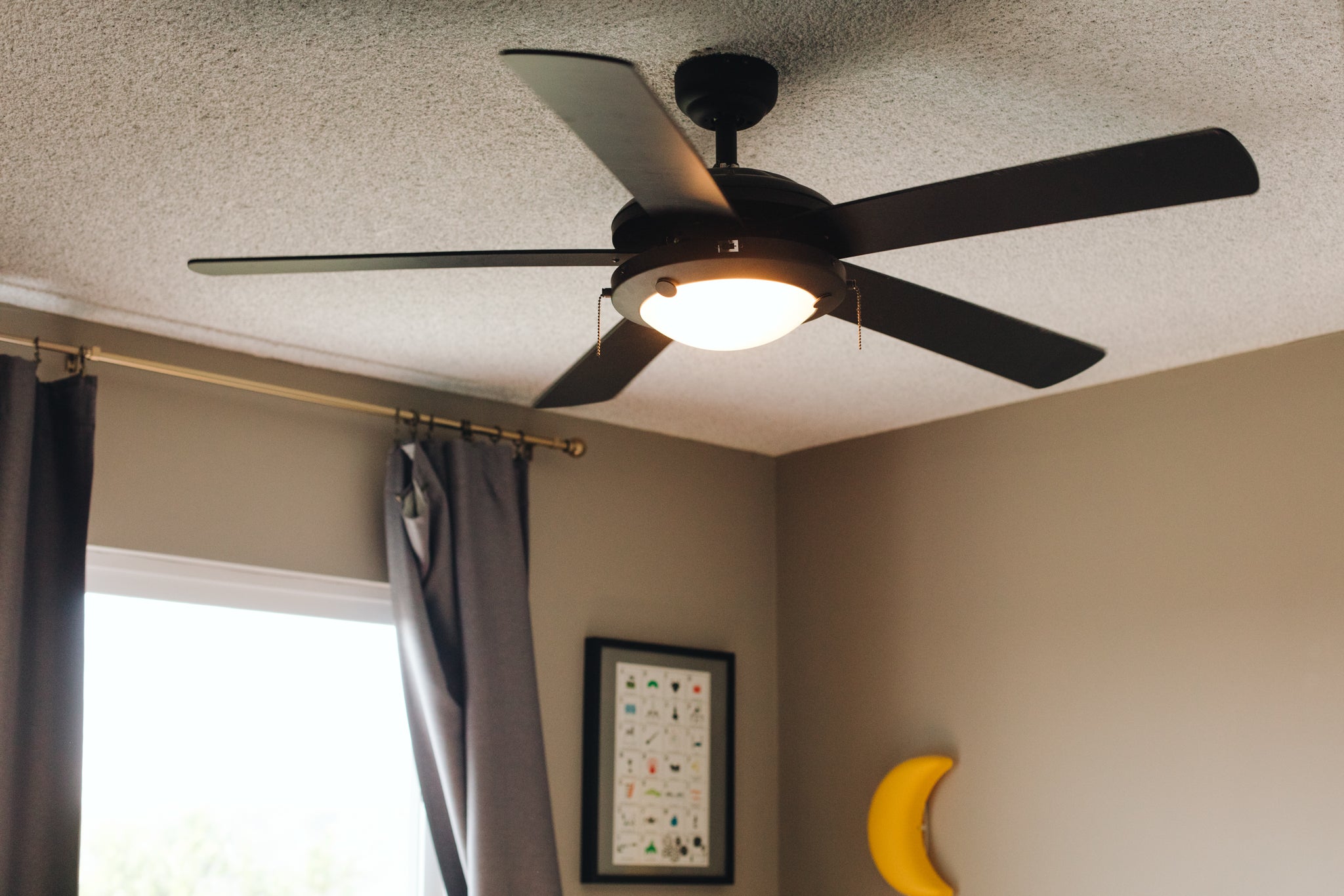
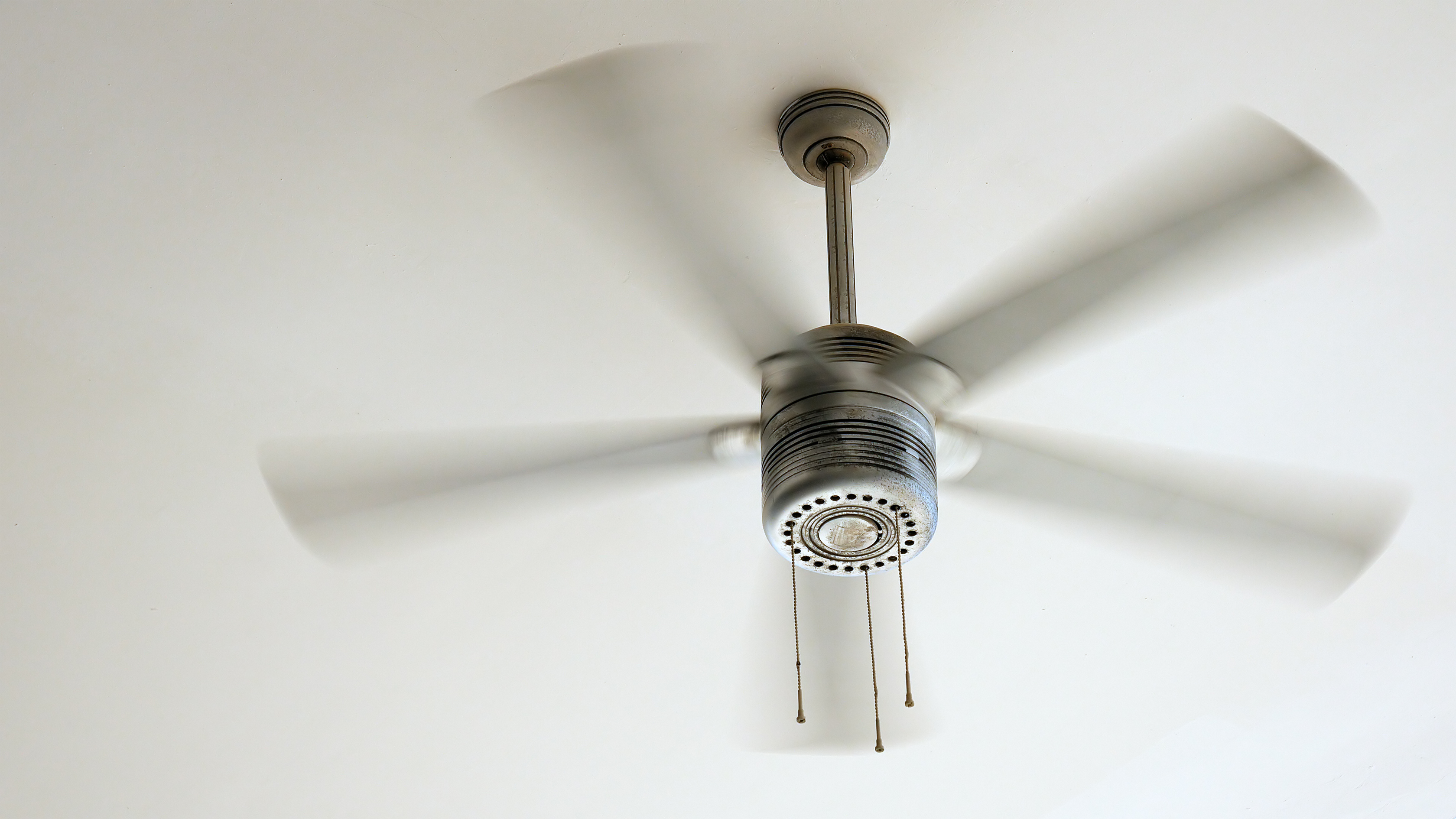
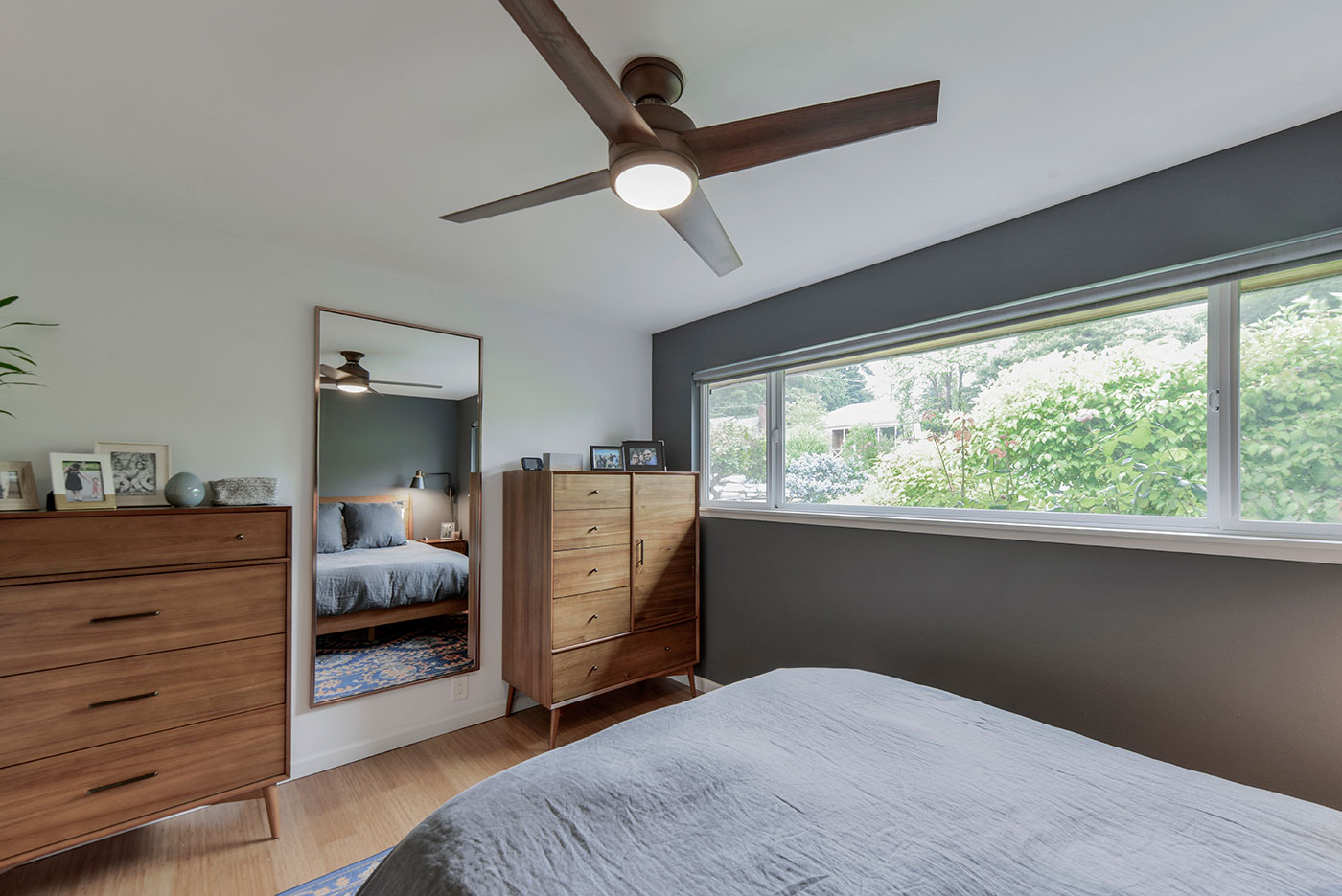
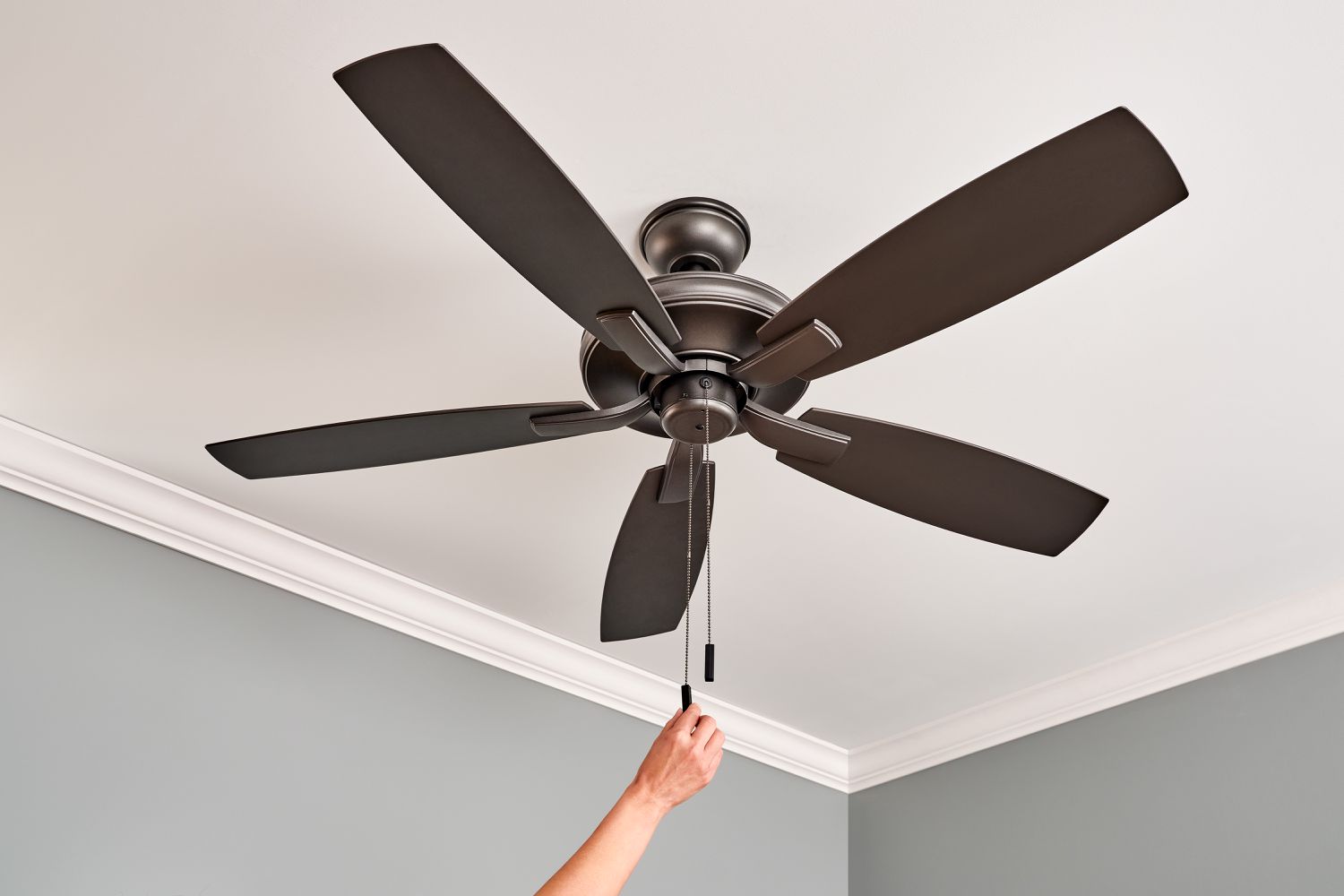
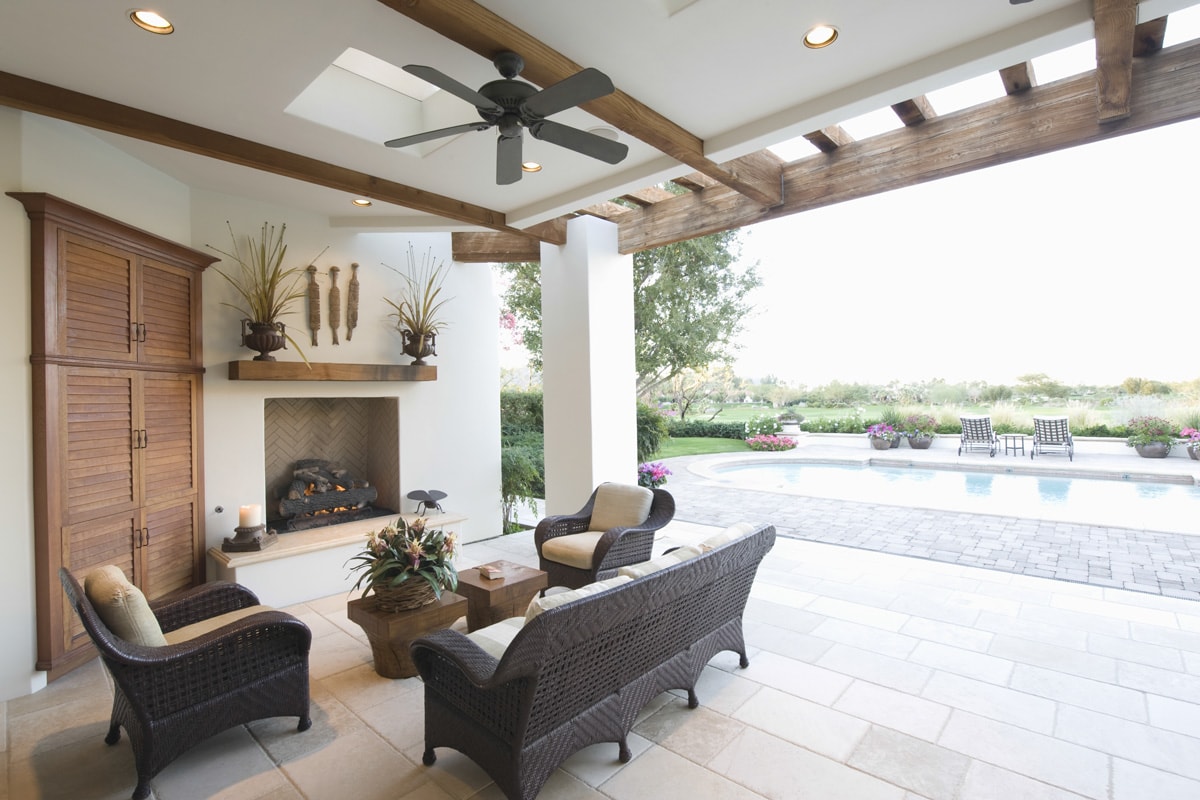
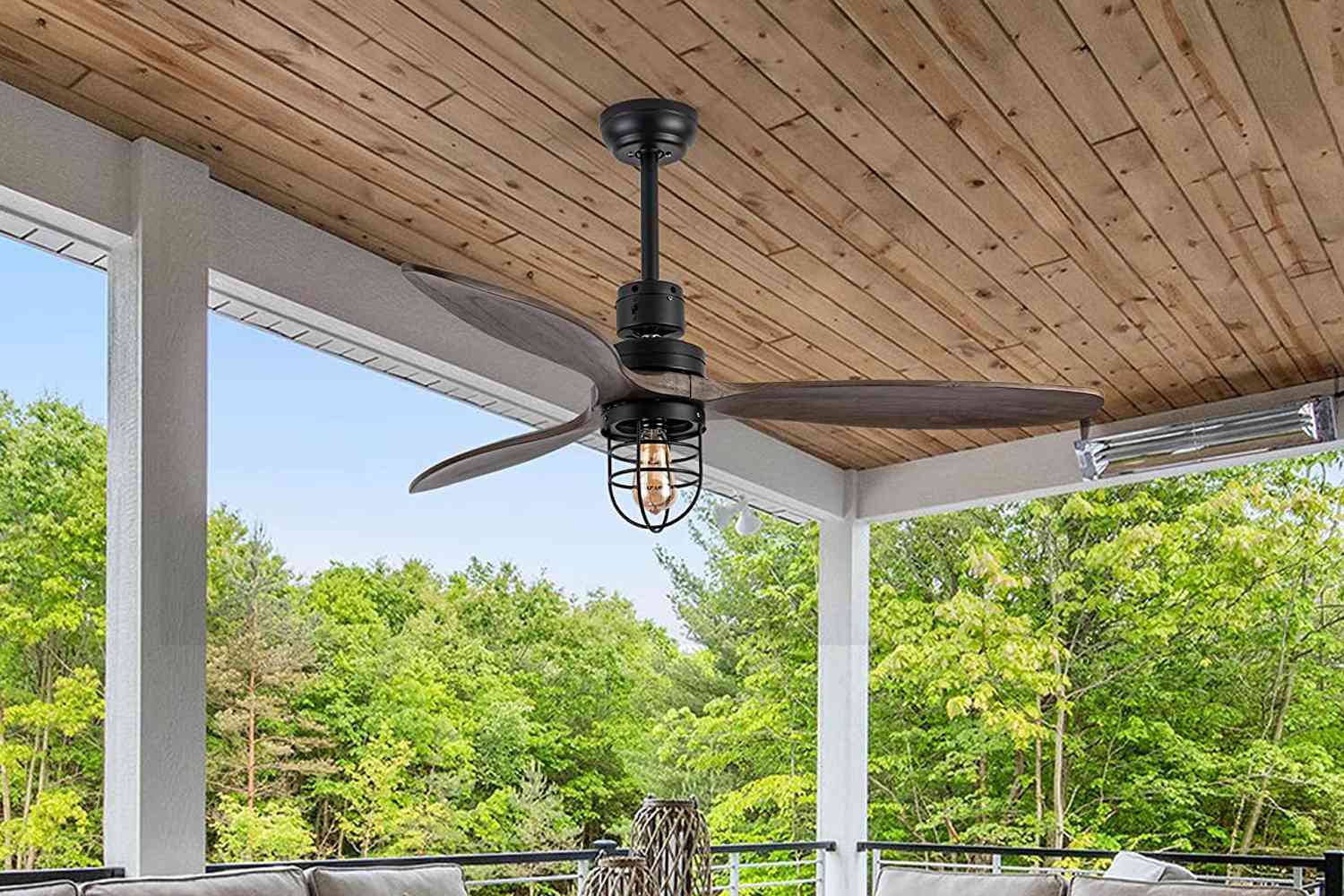
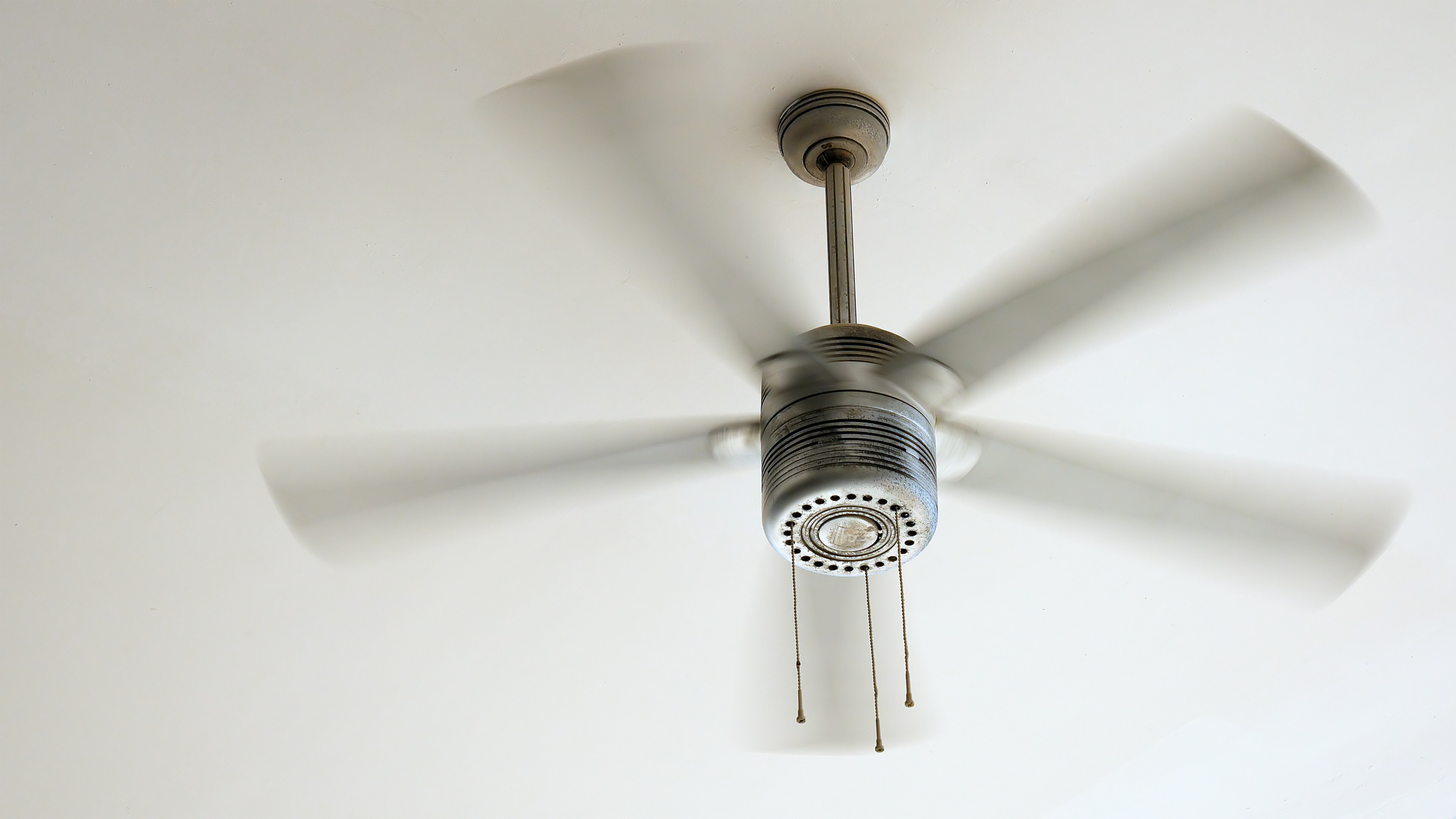

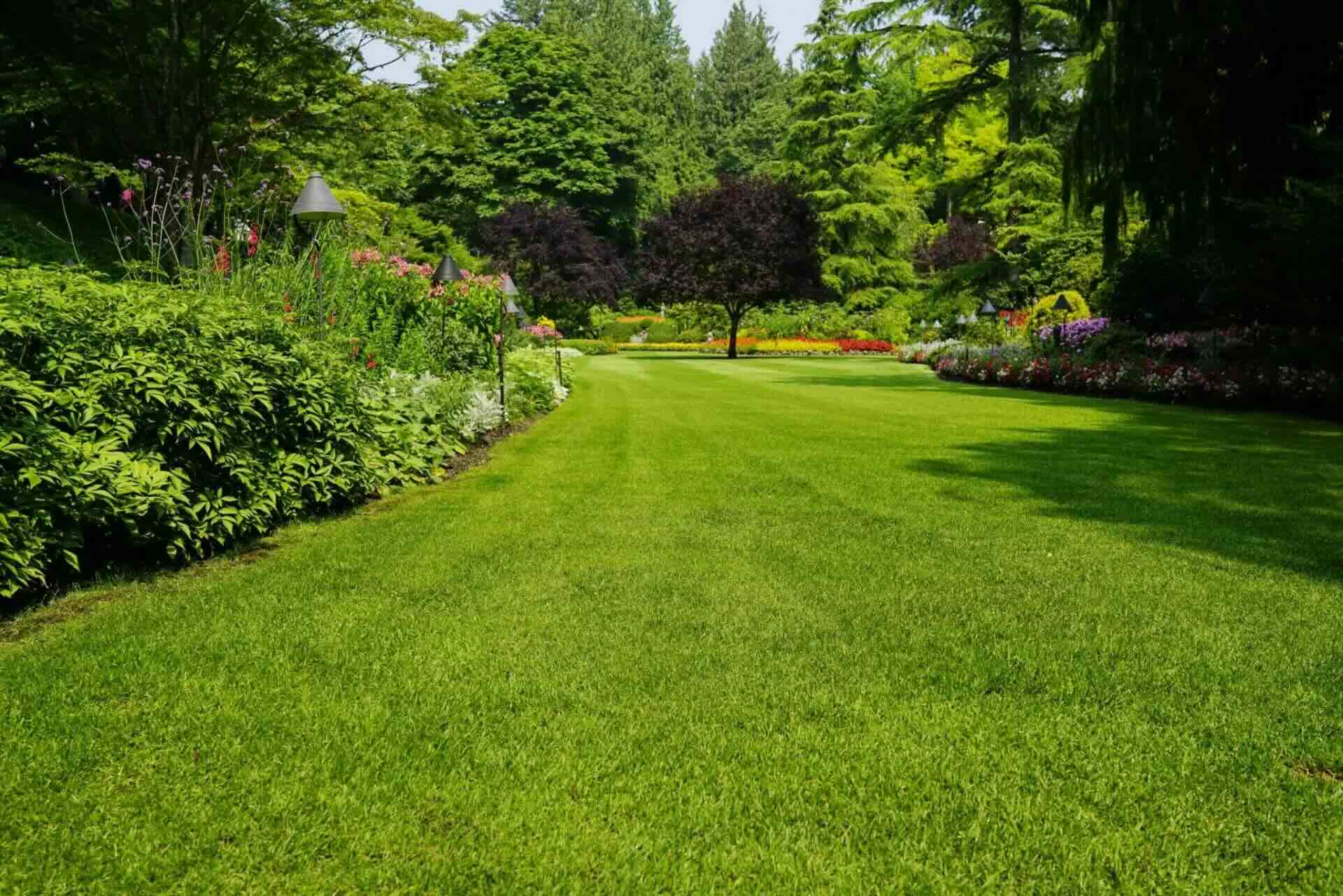
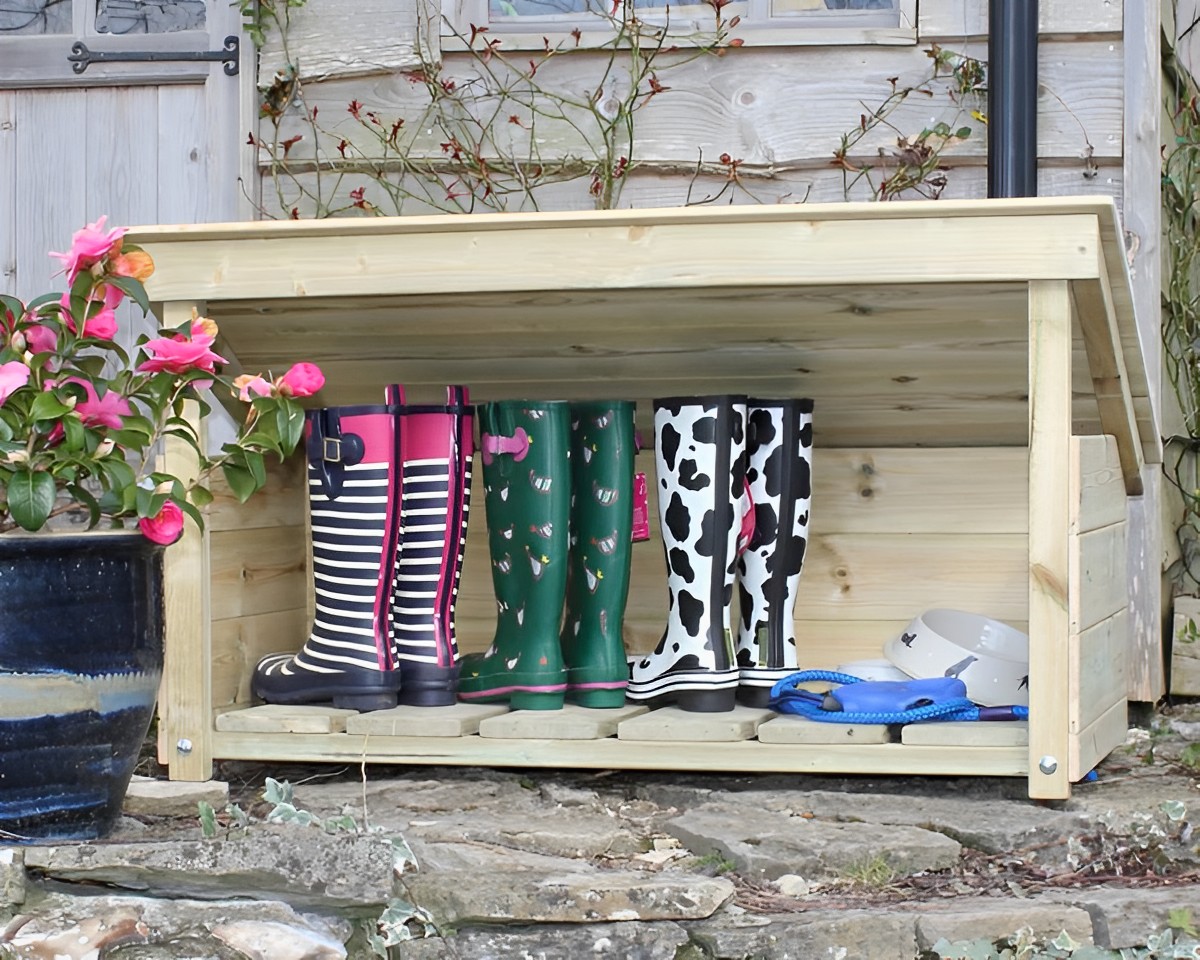

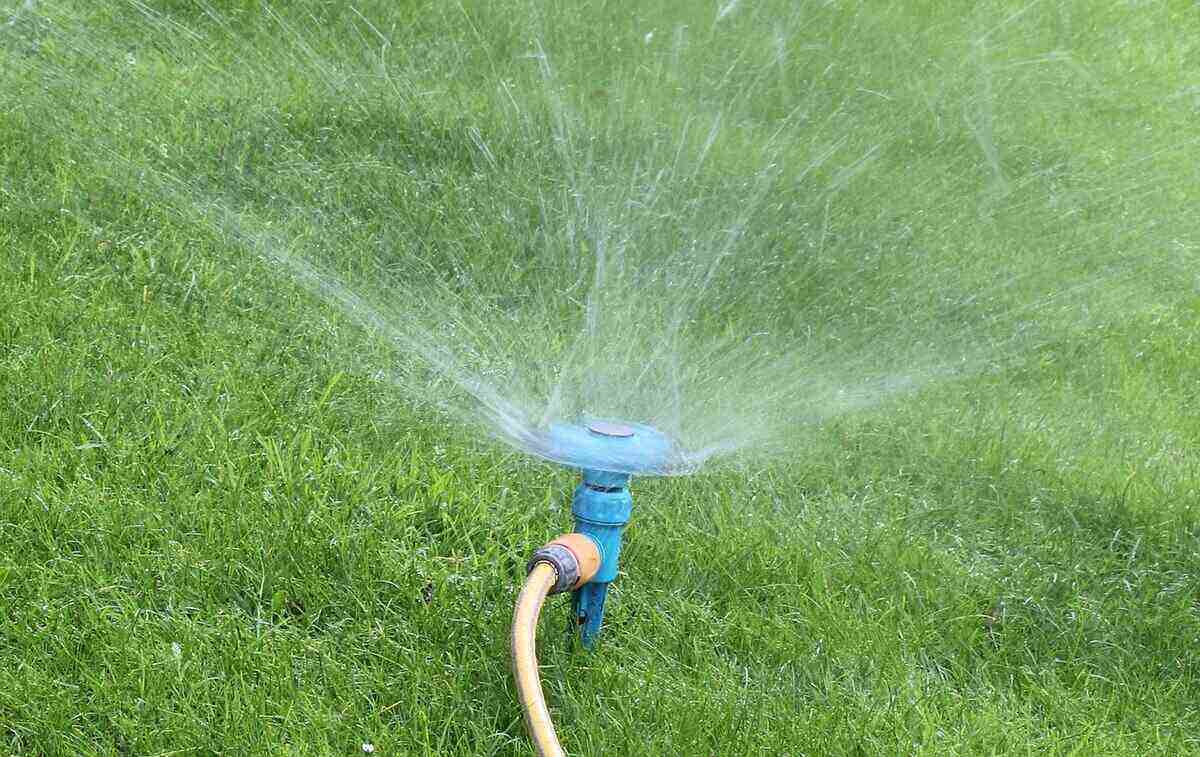

0 thoughts on “How To Cool A Patio In Summer”